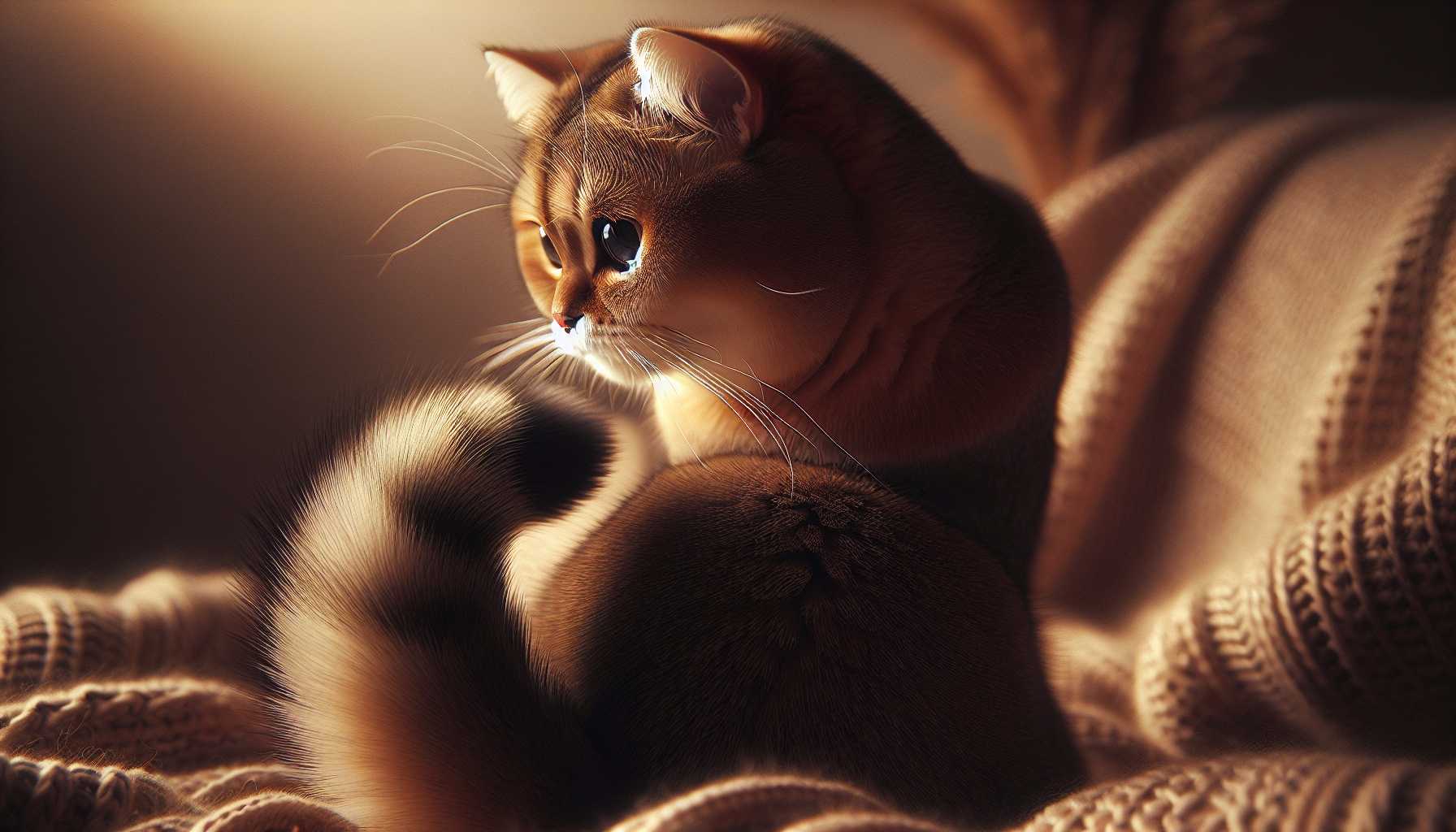Why Do Cats Wag Their Tails? Decoding Feline Emotions

Understanding Cats: Why Do They Wag Their Tails?
Have you ever noticed your cat’s tail twitching and wondered just what your little furball is trying to express? You’re not alone! Cats utilize their tails as a means of communicating their emotional state – if we can just understand what they’re trying to say.
The Cheerful Curve
If your cat’s tail forms a graceful curve, almost like a question mark, while they stride towards you, then prepare for cuddles! It's their way of saying, "Hey human, I'm thrilled to see you!" Expect this affectionate welcome to come with purrs and rubs against your legs.
The Upstanding Statement
Ever see your cat stroll around with its tail pointing straight upwards? That's their version of saying, "I'm feeling top-notch!" A tail held high, with a small curl at the top, signifies a cat that is exceptionally confident and happy. It's the feline form of a thumbs-up!
The Agitated Swish
Be cautious when your cat’s tail moves vigorously from side to side! If their tail resembles a madly swinging windshield wiper, it means they're distressed. They're essentially expressing, "Step back, I require some space!"
The Willful Wiggle
During play or when watchfully observing birds, you may notice your cat’s tail making small, swift flicks. This indicates that they are highly attentive and excited. It's akin to how we might nibble at our lips in moments of intense focus – just considerably cuter!
The Terrified Twitch
If your cat’s tail is held low and horizontal, it often signifies that they are feeling scared or submissive. It's as if they're trying to minimize their physical presence when they don't feel too courageous.
Deciphering the Secret Language
Always keep in mind that each cat possesses its own unique personality and methods of communication. The more you get to understand their tail signals, the tighter the bond between you two will become. It's akin to decoding your best friend's secret language!
Recognising When to Worry
If there are sudden changes in your cat's typical tail movements or if they appear to be in pain, it's time to consult with a vet. Ensuring our furry companions' health is always a priority!
Cats, like humans, use non-verbal cues to communicate, relying heavily on their tails. By being attentive to these signals, we can aim to better understand our feline friends